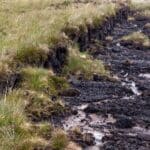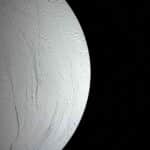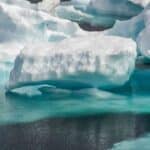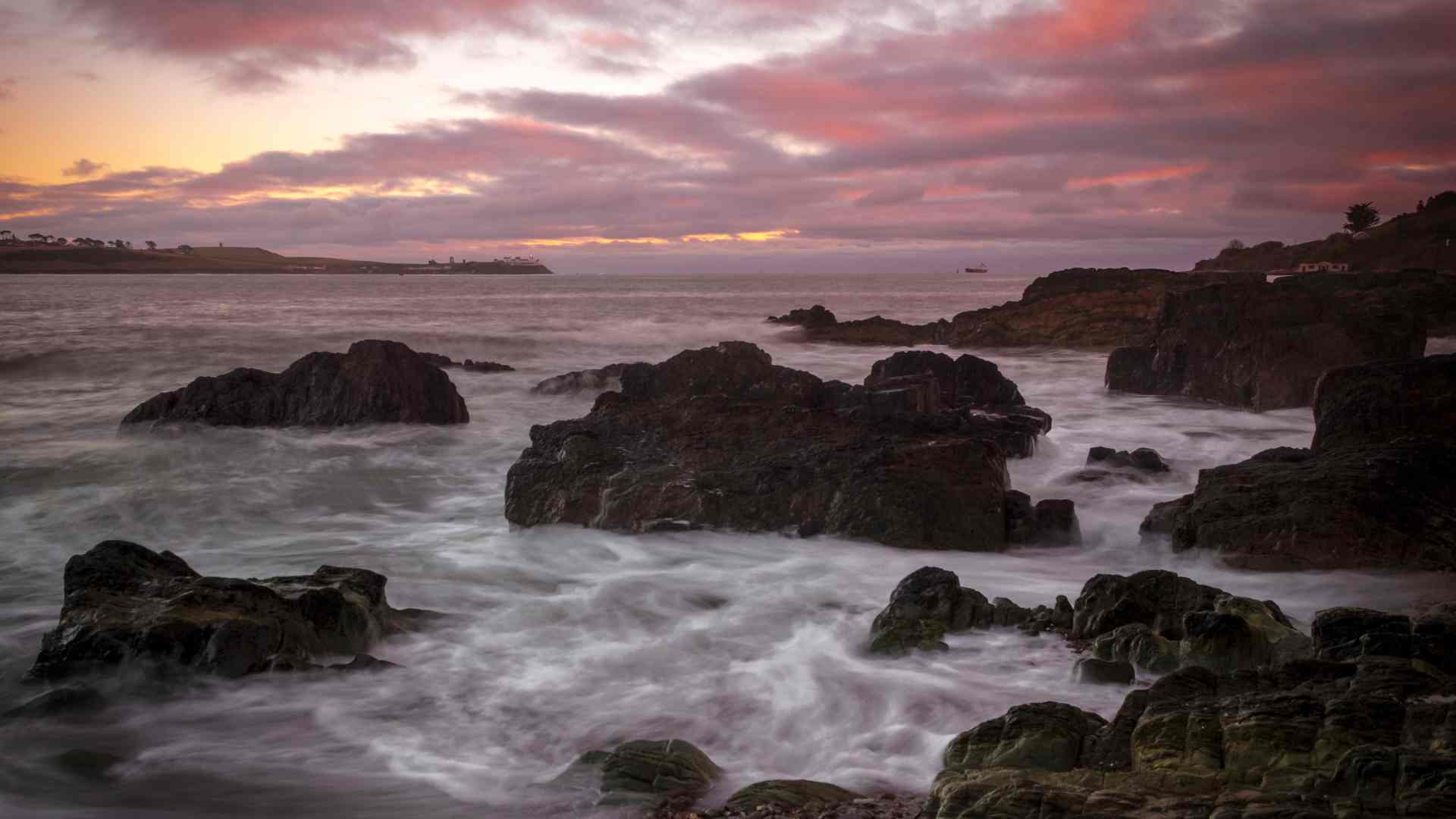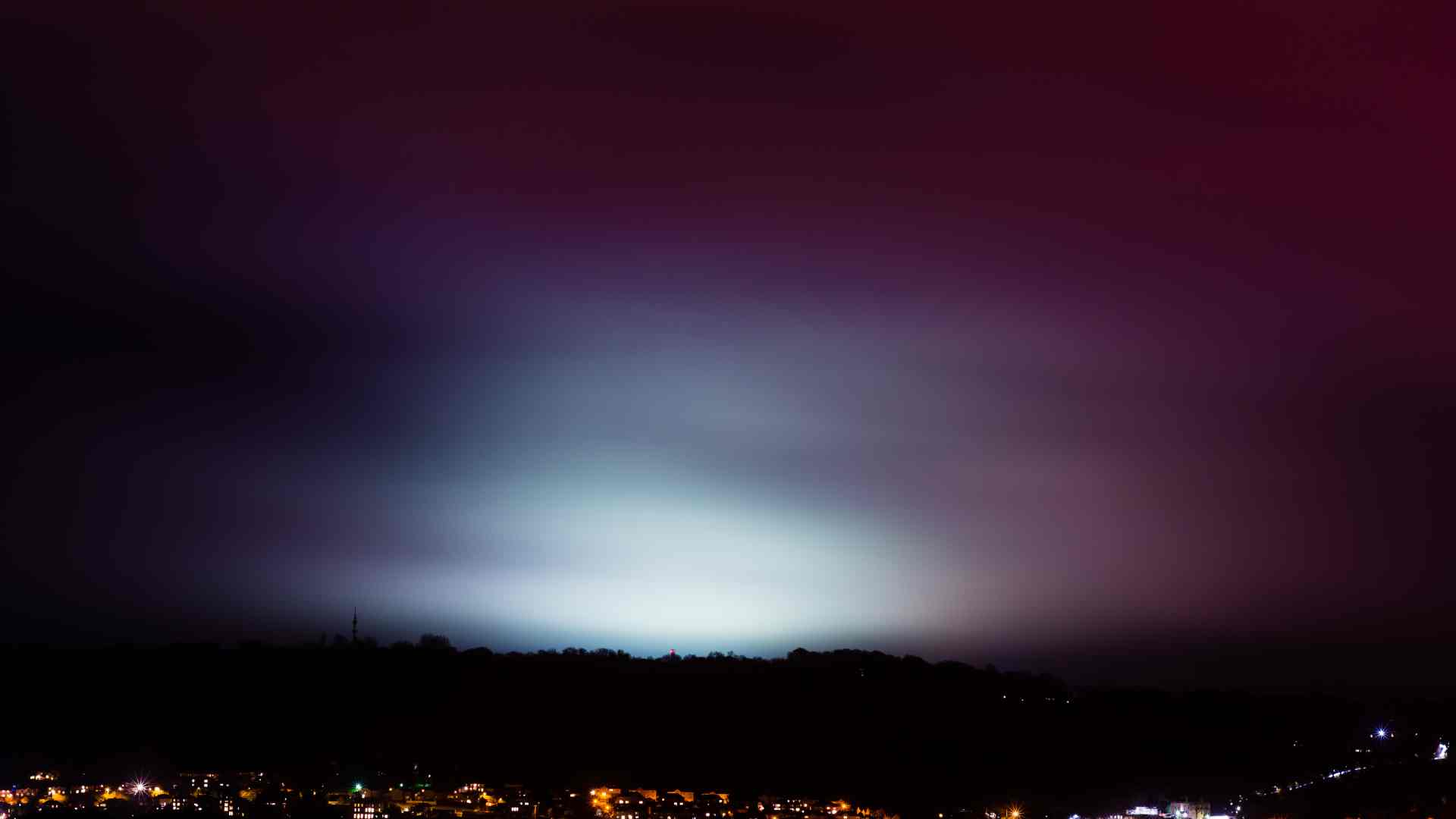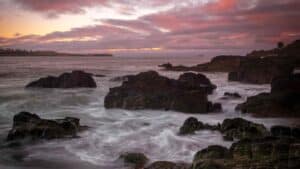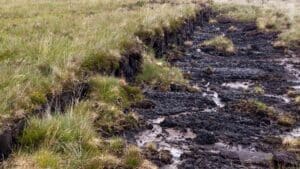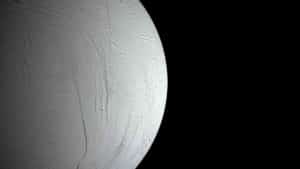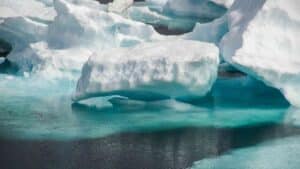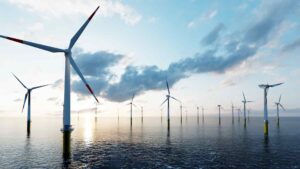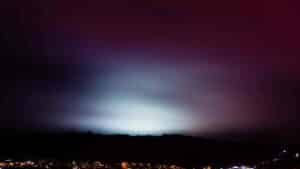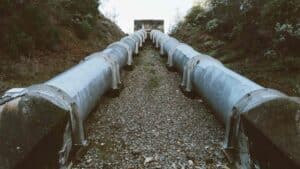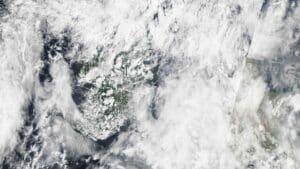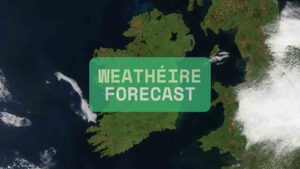
Arctic Lakes Revealed as Hidden Methane Hotspots
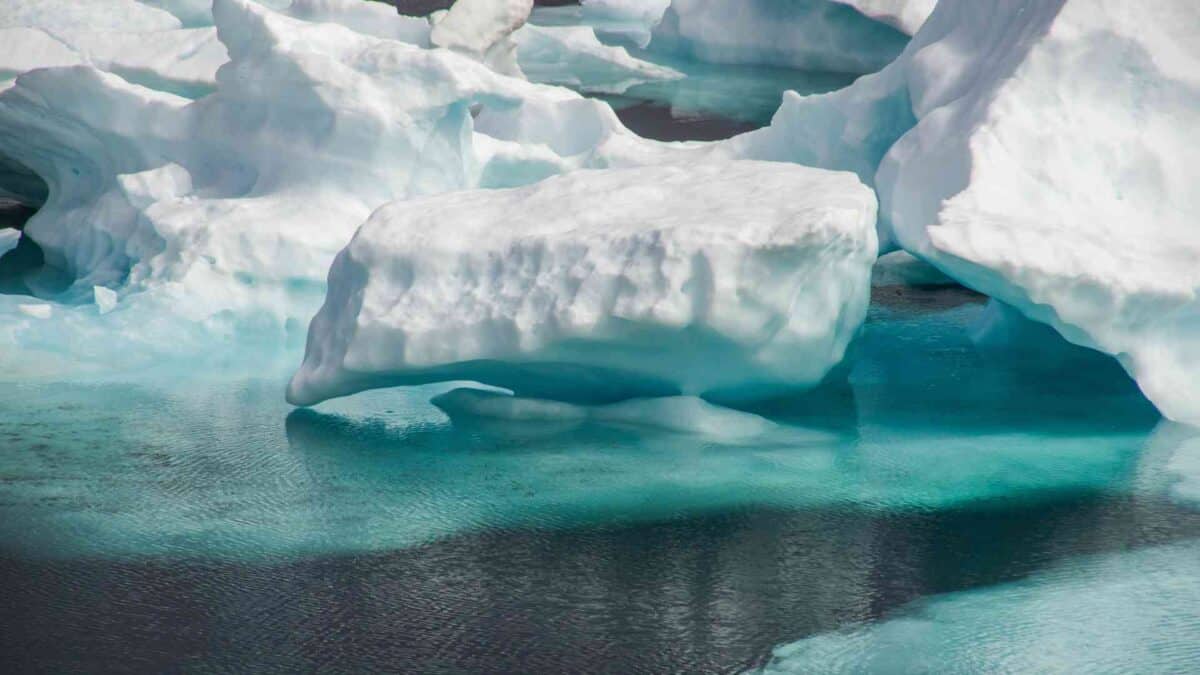
A new international study has found that higher biological productivity in Arctic lakes is closely linked to increased methane production from lake sediments, offering valuable insights into the role of northern lakes in global methane emissions.
Methane is a potent greenhouse gas, and Arctic lakes are already known as significant natural sources. However, the processes behind how methane forms and escapes from sediments in these lakes have remained poorly understood until now.
Led by PhD candidate Marie Bulínová of the Geosciences Department at UiT The Arctic University of Norway, researchers examined 10 lakes across Svalbard and subarctic Scandinavia. Their findings, published in the Journal of Geophysical Research: Biogeosciences, show that lakes with greater productivity—marked by higher levels of algae, aquatic vegetation, and surrounding plant life—produced more methane, particularly in shallower basins.
The study found that the top 10 centimetres of lake sediment were responsible for most methane generation. These upper layers contain fresh organic material and support active microbial communities, creating ideal conditions for methane formation. The researchers also estimated how much of this gas is likely to diffuse into the water and eventually be released into the atmosphere.
The team compared their findings to data from over 60 lakes worldwide and found that while individual Arctic lakes typically emit less methane than tropical or temperate lakes, their contributions are still substantial due to the vast number of lakes in northern regions. Emissions were also found to vary significantly depending on local characteristics such as lake shape, sediment type, and vegetation cover.
Using machine learning models, the researchers identified ecosystem productivity, temperature, and precipitation as key factors influencing methane emissions across different types of lakes.
“This study highlights how diverse Arctic lakes are and how much methane production can differ from one to another,” said Bulínová. “Studying a wide range of lake types is essential to understanding methane dynamics across the region.”
The research was conducted as part of the PolarCH4ives project, funded by the Research Council of Norway’s KLIMAFORSK programme. It involved scientists from Norway, Sweden, and Spain and provides new understanding of the natural processes driving methane emissions in Arctic freshwater systems.
Share this WeathÉire story:


